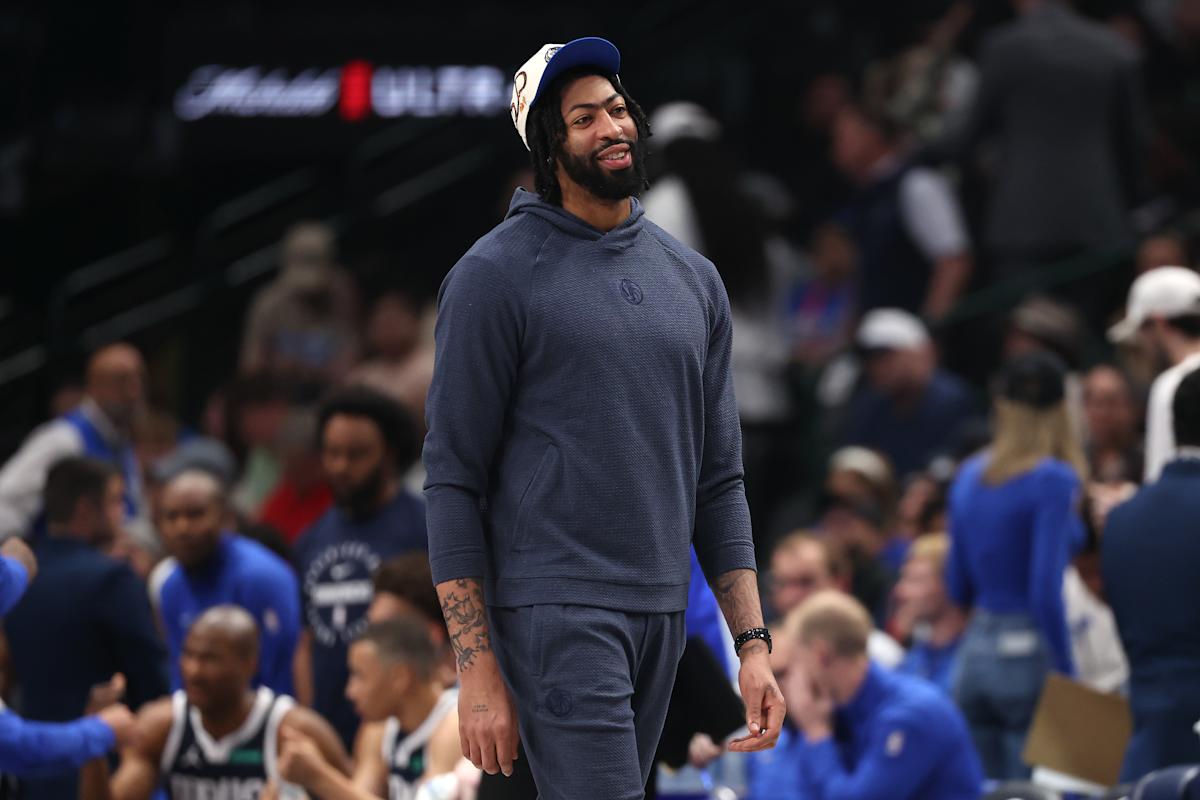Oklahoma State lost another commitment this week, as three‑star quarterback Kase Evans officially decommitted from the Cowboys’ 2026 recruiting class.
Evans, a 6‑foot‑3, 195‑pound prospect from Lexington, Texas, had pledged to OSU earlier in the cycle, part of a quarterback room the Cowboys viewed as a long‑term investment. His decision to open his recruitment again comes amid mounting changes in Stillwater, most notably the firing of longtime head coach Mike Gundy.
Evans is not alone in voting “no” following the program shakeup. His decommitment adds to a growing list of pledges who have reconsidered following the coaching upheaval. For Oklahoma State, it’s a warning sign: stability matters in a volatile recruiting environment. The Cowboys now face both reputational and roster risks as they aim to solidify their 2026 class base.
From Evans’ perspective, the move makes sense. As a mid‑tier recruit, he needs assurance that the program he ultimately joins will maintain continuity, support his development, and provide a stable framework ahead of his arrival. Gundy’s departure disrupts those assurances. Furthermore, with other programs making aggressive pushes in the quarterback space, Evans now has renewed leverage to explore alternatives.
For Oklahoma State, the implications stretch beyond a single recruit. Evans’ decommitment forces the staff to reassess their approach to quarterback recruiting: how many offers to make, how durable the relationships are during change, and how much damage could come if more commits follow. In a competitive Big 12 landscape, losing ground in the quarterback class can ripple into late recruiting holes elsewhere.
Evans’ departure is real, but not irreversible. How OSU handles the dominoes now will shape not only the 2026 class but also how future recruits view the stability and leadership at Oklahoma State.





















